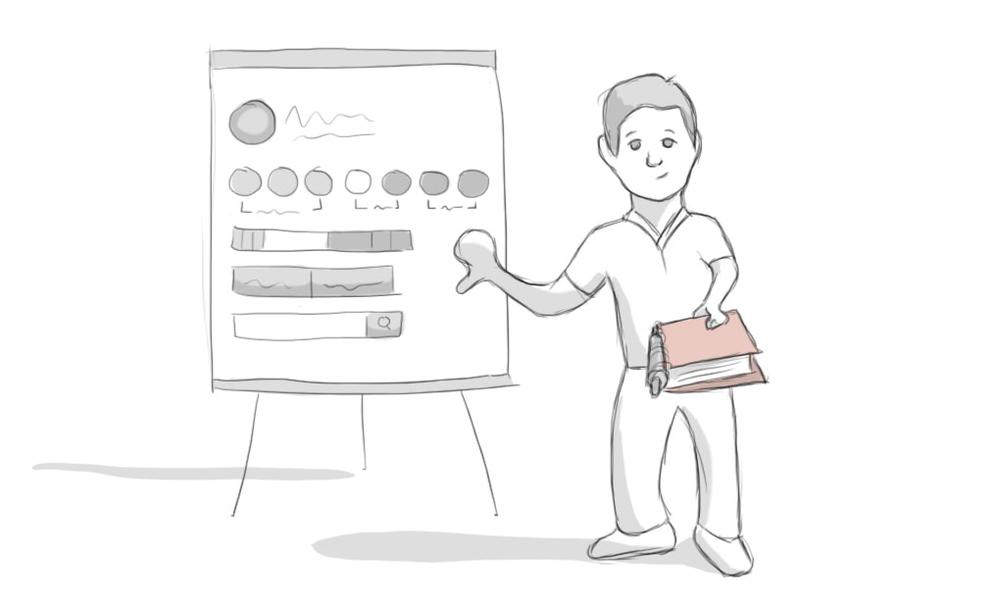
September 10, 2014
No Design for You! Try Some Content Instead.

Design projects are unique in way that every stakeholder has an opinion on the look and the success of the outcome. Rarely I find individuals who understand the value of content to get to a successful design. For a few years now, we have focused on a new approach known as the “content first” approach. It all started after a thought published by Jeffery Zeldman.
Content precedes design. Design in the absence of content is not design, it's decoration.
— Jeffrey Zeldman (@zeldman) May 5, 2008Before using this approach most web design projects used to run over time and over budget. At the kickoff meeting, the customer demanded to see a design for the next meeting. Designers used to mock something that looked like a website with fake content and after a series of changes and tweaks to the design, the final design would be approved and sealed. The conversation would then shift to content, the very reason why users visit websites.
The project used to slip into something known as the content lull where content managers within divisions worked on curating content for weeks or, sometimes, several months. Once the content was ready, it used to be obvious that the approved design was not a fit. “We don't need a list box here. We'd rather have a three column layout where we can fit all these important articles. Oh wait! That looks strange.”
Thinking of content as an after thought is dangerous. With the content first approach, the design, structure, and hierarchy of elements is decided by content. The following 5 reasons explain and justify the content first approach.
- It is cost effective to start with content. Think about movie making. No one hires actors, directors, and filming equipment without a script. Your content should define the scope and boundaries for your website.
- A content first approach can help you go beyond your website. If your organization has a presence on social channels or native apps, having content figured out first can lend you the advantage of going beyond the browser.
- With analyzing content, you will most certainly offer what's important and relevant. Design can get distracting in the earlier phases. For the sake of having an image rotator, you might not use the prime real estate instead for something that is more important than pictures or visual updates.
- Once you have your content ready, it is easier to come up with the look and feel for your website. Every site has a personality based on the content and the voice of the organization. If the design does not match the voice, the design looks more like a Halloween costume.
- Web design is different from print. You print a book and you can be certain that the book will look the same from the first printed copy to the last. Not so much with the web. You cannot lock the look and feel of your website. Users have much more control over your website than you think they do. They can change fonts, sizes or even disable all styles to make your site look just like plain vanilla. What stays is … drumroll … content!
